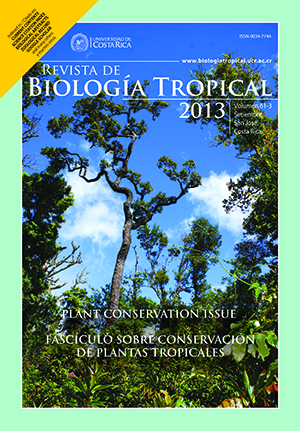Abstract
Several methods are now available to estimate fish individual growth based upon the distribution of body lengths in a population. Comparative analyses of length-based methods have been undertaken mainly for marine species; nevertheless, limited information is available for inland species. Tilapia is one of the most important freshwater fisheries and its growth parameters have been estimated by several authors, usually using one length-based method. Thus, the main objectives of this study were: a) to estimate growth parameters of O. aureus from Chapala lake, Mexico, using three length-based methods ELEFAN, PROJMAT and SLCA; b) to quantify the effect of input data variations in growth parameters estimates by the jackknife technique; and c) to compare the new estimates with those previously reported, through the standard growth index f’. We collected and analyzed a total of 1 973 specimens from commercial landings from January to December 2010. The three length-base methods used in the present study resulted in parameter estimates within the range of those reported in other studies. Results derived from jackknife analysis revealed lowest values in the error percentage and coefficient of variation for L∞ when applying ELEFAN, while PROJMAT showed lowest values in the precision estimators for K, which was very similar to ELEFAN. Estimates of the comparative growth index f’ were also very similar to those reported for the same species when studied in different reservoirs. Considering our results, we suggest the use of ELEFAN rather than SLCA due to its accuracy to estimate growth parameters for O. aureus.Comments
Downloads
Download data is not yet available.






